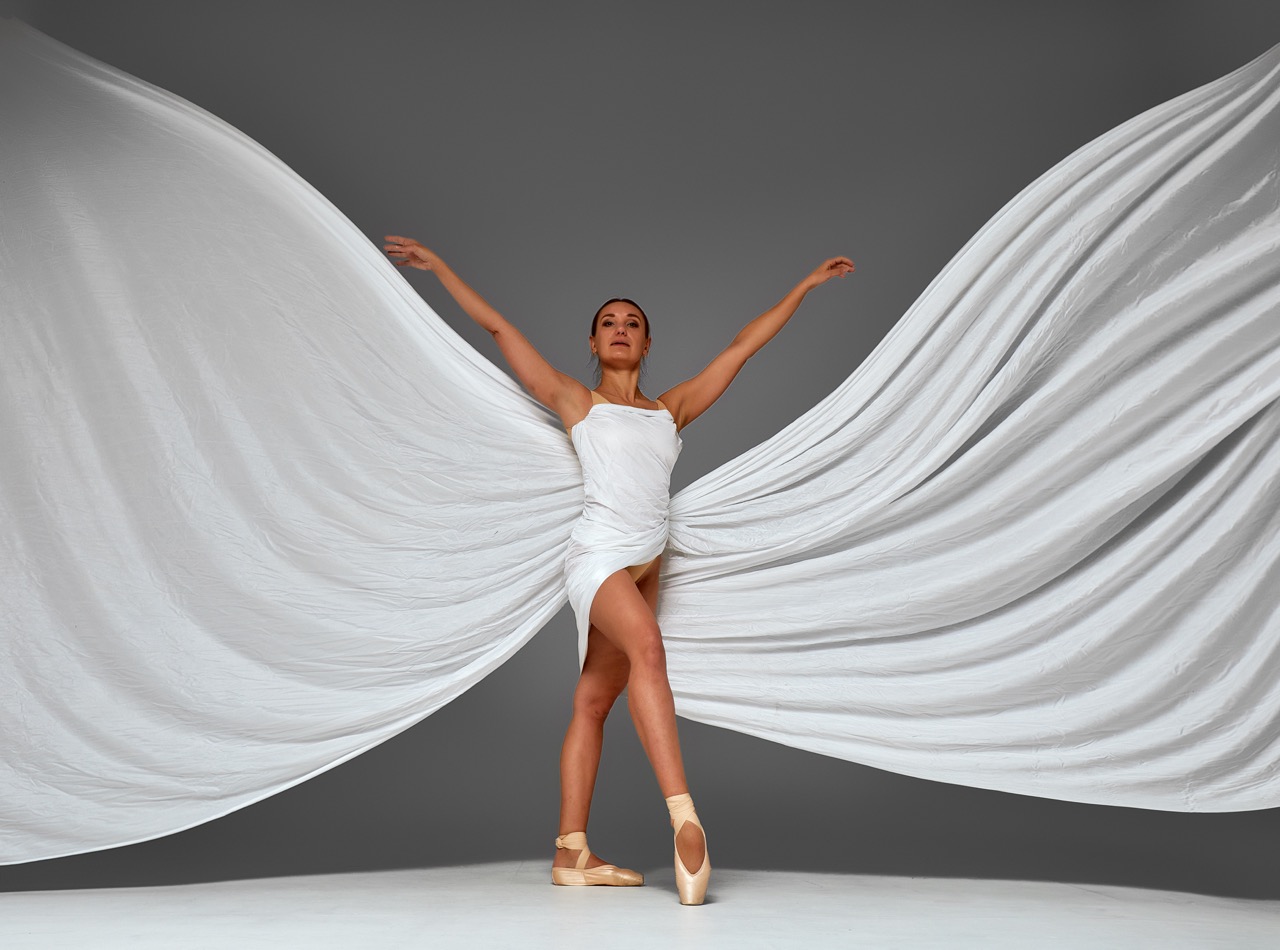Dance is an enchanting art form that transports audiences to whimsical realms, and at the heart of this magic often lie the captivating dance wings. These billowing fabrics and intricate designs not only enhance a dancer’s performance but also create a visual spectacle that can leave viewers breathless. However, behind their ethereal beauty, the materials used in the creation of dance wings can pose significant environmental challenges. This article delves into the various materials behind dance wings, examines their ecological impact, and explores sustainable alternatives and innovations aimed at reducing their environmental footprint.
Unveiling the Dance: Materials Behind the Wings’ Magic
The allure of dance wings stems largely from their diverse materials, which provide both aesthetic appeal and structural support. Commonly crafted from silk, organza, or nylon, these fabrics are chosen for their lightweight qualities and ability to catch the light. Silk offers a luxurious sheen, while organza provides a crisp texture that helps create dramatic effects during performances. Nylon, on the other hand, is favored for its durability and resistance to wear, making it a practical choice for many dancers. Each material contributes uniquely to the dancer’s ability to convey emotion and artistry through movement.
However, the production of these materials raises important concerns. The farming of silk, for example, often involves the cultivation of mulberry trees, which can lead to deforestation and habitat loss. The extraction process for nylon, typically derived from petroleum, not only contributes to greenhouse gas emissions but also raises questions about the sustainability of fossil fuel dependencies. These factors highlight an often-overlooked aspect of the dance world: the hidden costs associated with the materials that create breathtaking performances.
As the dance industry continues to evolve, so too does the need for a deeper understanding of these materials. Dancers, choreographers, and costume designers are increasingly encouraged to consider the origins of their materials and their long-term effects on the environment. A shift toward transparency in the supply chain can empower artists to make informed decisions that align with their artistic vision while fostering a culture of sustainability within the dance community.
The Ripple Effect: Dance Wings and Their Environmental Footprint
The environmental footprint of dance wings extends beyond their initial production. After their performance life, many of these materials end up in landfills, contributing to the growing problem of textile waste. Synthetic fabrics like nylon can take hundreds of years to decompose, leaching harmful chemicals into the soil and waterways during their slow breakdown. The sheer volume of discarded costumes, including wings, poses a significant concern, especially in an industry where rapid changes in fashion and trends often lead to premature disposal.
Moreover, the processes involved in dyeing and finishing these materials can also have detrimental environmental effects. Many dyes contain toxic chemicals that can pollute water sources and harm local ecosystems. Conventional textile manufacturing often relies on intensive water usage and the release of untreated wastewater, exacerbating water scarcity issues in regions already under stress. This chain of events underscores the critical need for the dance community to acknowledge and address the environmental ramifications of their material choices.
The ripple effect extends to the communities surrounding the production facilities as well. Workers may be exposed to hazardous conditions and chemicals, raising ethical concerns about labor practices in the textile industry. As the dance community becomes more conscious of these issues, it is essential to advocate for responsible sourcing and production methods that prioritize both environmental and social sustainability.
Sustainable Choices: Rethinking Materials for Dance Wings
In response to the pressing environmental challenges posed by traditional materials, the dance industry is beginning to embrace sustainable alternatives. Organic cotton, hemp, and recycled polyester are emerging as popular choices among costume designers looking to create eco-friendly dance wings. Organic cotton is grown without harmful pesticides, reducing its environmental impact, while hemp is a low-resource crop that regenerates the soil and requires minimal water. These materials not only provide a sustainable option but also offer a unique texture and aesthetic appeal.
Additionally, the development of biodegradable fabrics, such as Tencel and other cellulose-based materials, presents new opportunities for reducing waste. These innovative fibers break down naturally at the end of their life cycle, mitigating the issue of textile pollution. Designers are increasingly exploring these options, not just for their environmentally friendly attributes, but for their ability to enhance the overall performance quality of the wings, allowing for vibrant colors and dynamic movement.
Furthermore, the trend towards upcycling and repurposing existing materials is gaining traction within the dance community. By transforming old costumes or fabric scraps into new designs, artists can create unique pieces that tell a story while minimizing waste. This approach not only fosters creativity but also encourages a culture of sustainability, inspiring dancers to take ownership of their environmental impact and champion eco-conscious practices.
Towards Greener Performances: Innovations in Wing Design
The future of dance wings lies in innovative design practices that prioritize sustainability. Advances in technology are paving the way for new materials and manufacturing processes that reduce environmental harm. For example, digital printing techniques allow designers to create intricate patterns and designs on fabrics without the need for toxic dyes, significantly reducing water usage and chemical runoff. These innovations not only enhance the aesthetic quality of the wings but also promote a more sustainable approach to costume design.
Moreover, the integration of smart textiles into dance wings is an exciting development on the horizon. These textiles can adjust their properties based on environmental conditions, enhancing the dancer’s performance while reducing the need for multiple costumes. For instance, wings that can change color or respond to temperature could offer limitless possibilities for artistic expression while minimizing the need for new materials. This fusion of technology and artistry is reshaping the possibilities of dance wing design.
As awareness of environmental issues continues to grow, collaborations between designers, dancers, and environmental advocates are becoming increasingly common. Workshops and initiatives aimed at educating artists about sustainable practices are fostering a collective drive towards greener performances. By advocating for responsible material sourcing, waste reduction, and innovative design, the dance community is poised to not only captivate audiences but also play a vital role in the fight against climate change.
The enchanting world of dance wings, while captivating, carries significant responsibilities regarding environmental sustainability. As we unveil the materials, footprints, and future innovations entwined in their creation, it becomes clear that the dance community holds the power to influence change. By rethinking material choices and embracing sustainable practices, artists can continue to inspire audiences while safeguarding the planet for generations to come. Through collaboration and innovation, the dance industry can transform its enchanting performances into a celebration of both artistry and environmental stewardship, creating an enduring legacy that resonates beyond the stage.










